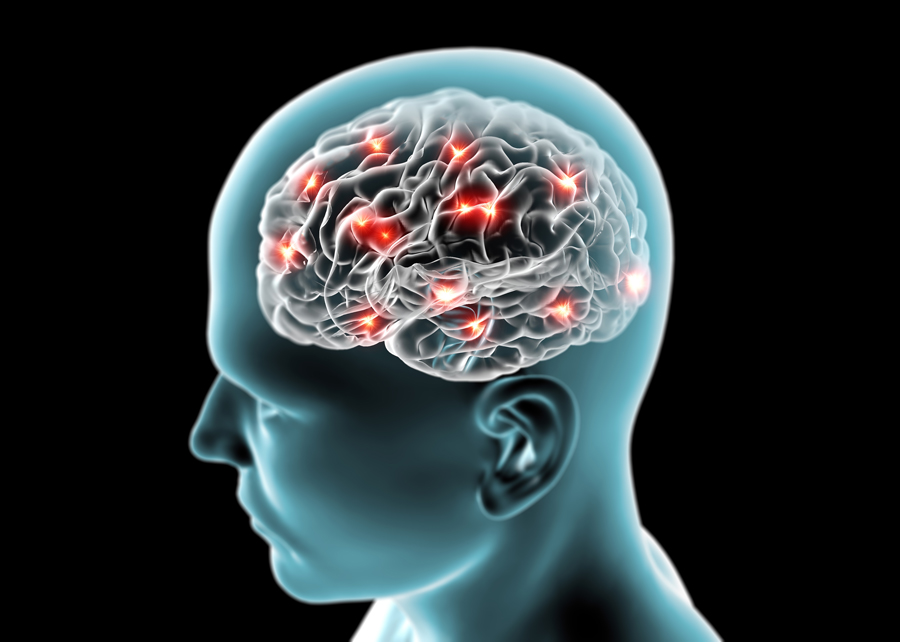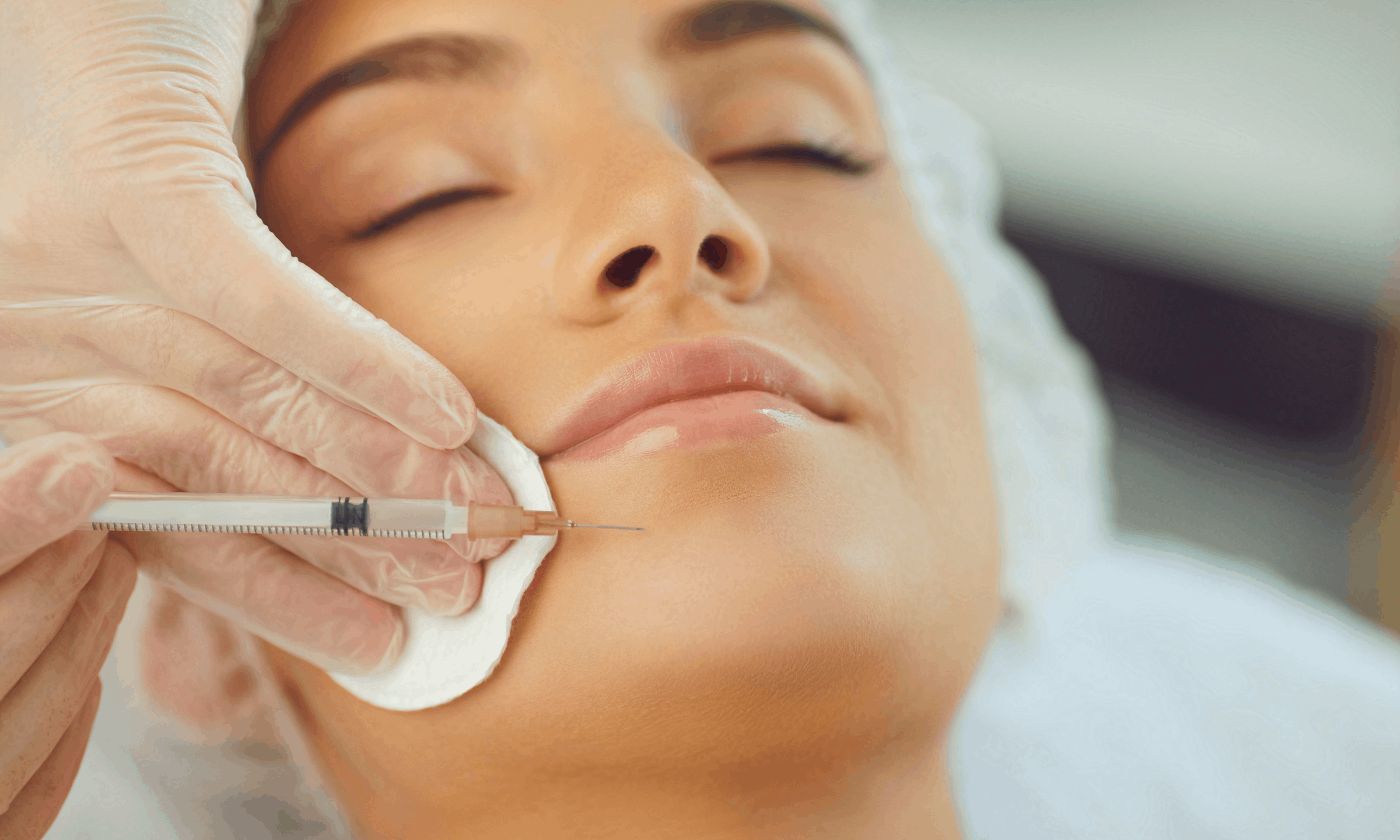Traumatic brain injury TBI stands as a complex and challenging medical condition, often leaving long-lasting repercussions on individuals’ cognitive and physical functions. However, recent advancements in laboratory research offer promising paths towards better understanding, treatment, and prevention of TBIs. One of the pivotal breakthroughs lies in the realm of neuroimaging techniques, which enable researchers to delve deeper into the intricate mechanisms underlying brain injuries. Advanced imaging modalities such as functional MRI fMRI, diffusion tensor imaging DTI, and positron emission tomography PET provide unprecedented insights into the structural and functional alterations within the brain following trauma. By pinpointing specific regions affected by TBI and elucidating the associated changes in neural connectivity and activity patterns, researchers can tailor interventions more precisely to individual needs. Moreover, the emergence of novel biomarkers heralds a paradigm shift in TBI diagnostics and prognostics. These molecular signatures, detectable in blood, cerebrospinal fluid, or even saliva, offer objective measures of injury severity, progression, and recovery.

Researchers are exploring a myriad of biomarkers, including tau proteins, neurofilament light chain Nf-L, and glial fibrillary acidic protein GFAP, among others, each with unique implications for TBI management. By integrating biomarker data with clinical assessments and imaging findings, healthcare providers can make more informed decisions regarding treatment strategies and rehabilitation plans, thereby optimizing patient outcomes. Furthermore, the advent of precision medicine opens up new horizons for personalized traumatic brain injury labs in dallas care. With advancements in genomics, researchers are uncovering genetic predispositions that influence individuals’ susceptibility to brain injury and their subsequent response to treatment. By elucidating the interplay between genetic factors and environmental influences, clinicians can tailor interventions to target specific molecular pathways implicated in TBI pathophysiology. This tailored approach holds immense potential for optimizing treatment efficacy and minimizing adverse effects, ultimately improving patients’ overall quality of life. In addition to diagnostics and treatment, preventative strategies are gaining traction in the field of TBI research.
Innovative technologies such as impact sensors, helmet-mounted accelerometers, and virtual reality simulations allow for real-time monitoring of head impacts and identification of high-risk activities. By implementing targeted interventions and educational initiatives based on these insights, researchers aim to mitigate the incidence and severity of TBIs across various populations, from athletes to military personnel to the general public. Furthermore, collaborative efforts between academia, industry, and government agencies are essential for translating these research findings into practical solutions that can be implemented on a global scale. Overall, the landscape of TBI research is undergoing a profound transformation, fueled by interdisciplinary collaboration, technological innovation, and a growing emphasis on personalized medicine. While significant challenges remain, including the heterogeneity of TBI presentations and the complexities of translating benchtop discoveries into clinical practice, the collective efforts of researchers, clinicians, and policymakers hold promise for ushering in a new era of TBI care.





 This means that even if the injury is concentrated in one area, the chiropractor will evaluate the entire musculoskeletal system, including the spine, to ensure that any misalignments or imbalances are corrected. By doing so, chiropractors can facilitate a more comprehensive recovery process that not only targets the injured area but also enhances the body’s overall biomechanics, thereby reducing the risk of future injuries. Chiropractic care is also an excellent choice for athletes seeking drug-free pain relief. Instead of relying on medications that may only mask the symptoms temporarily, chiropractors aim to find the underlying cause of the injury and address it directly. Spinal adjustments and soft tissue techniques not only reduce pain but can also stimulate the body’s natural healing mechanisms. Moreover, chiropractic care is non-invasive, which means that athletes can avoid the potential side effects associated with medications or surgical interventions.
This means that even if the injury is concentrated in one area, the chiropractor will evaluate the entire musculoskeletal system, including the spine, to ensure that any misalignments or imbalances are corrected. By doing so, chiropractors can facilitate a more comprehensive recovery process that not only targets the injured area but also enhances the body’s overall biomechanics, thereby reducing the risk of future injuries. Chiropractic care is also an excellent choice for athletes seeking drug-free pain relief. Instead of relying on medications that may only mask the symptoms temporarily, chiropractors aim to find the underlying cause of the injury and address it directly. Spinal adjustments and soft tissue techniques not only reduce pain but can also stimulate the body’s natural healing mechanisms. Moreover, chiropractic care is non-invasive, which means that athletes can avoid the potential side effects associated with medications or surgical interventions.